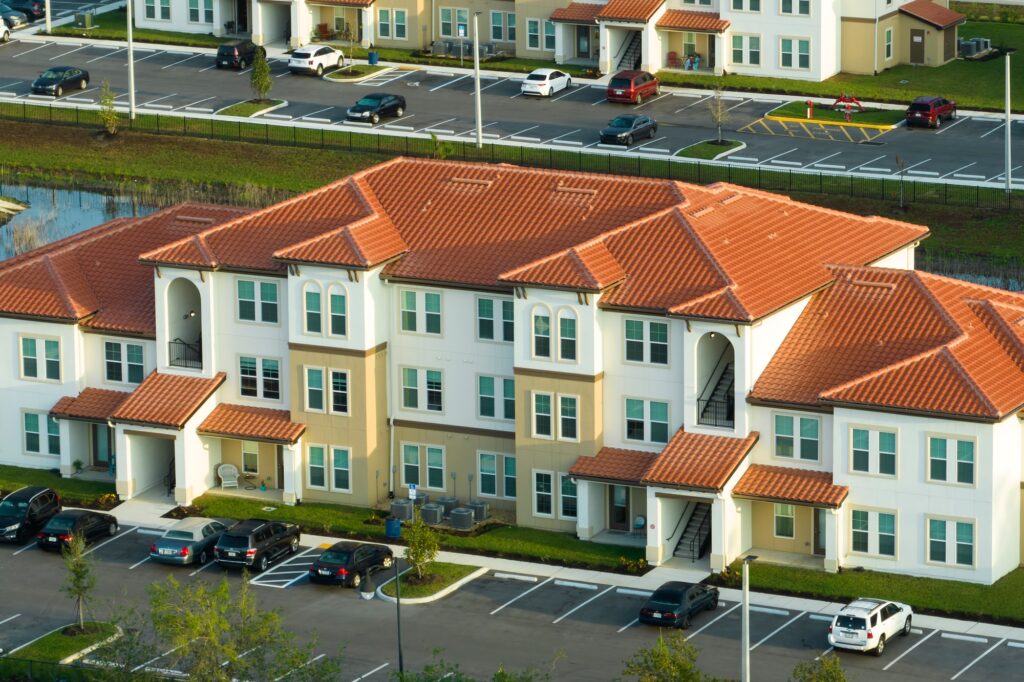If you’ve been in a non-fault accident, you might wonder how it affects your insurance rates. Even when you’re not at fault, your premiums could still change. Understanding why this happens and what you can do about it is key. Let’s break it all down, especially for drivers here in Fort Myers, Florida.
What is a Non-Fault Accident?
Understanding non-fault accidents can feel tricky, but it doesn’t have to be. These are accidents where you weren’t to blame for the collision. If another driver caused the accident through negligence or a mistake, you would typically be considered not at fault. However, how this plays out can vary based on the circumstances and state laws.
Definition of a Non-Fault Accident
A non-fault accident is any event where you’re involved in a crash, but the responsibility lies with someone else. Essentially, it wasn’t your actions that caused the collision. Here are some common examples:
- Rear-end collisions: If another driver rear-ends your car because they were distracted or speeding, they are likely at fault.
- Failure to yield: A driver turning left when you have the right of way could be considered responsible.
- Red light or stop sign violations: If someone runs a stop sign and collides with you, they are likely at fault.
It’s not always black and white. Sometimes evidence or witness statements are needed to prove you’re not at fault. Regardless, it’s important to know that even these accidents can influence Non-Fault Accident Rates for insurance.
Who Covers the Damages in a Non-Fault Accident?
You might assume that the at-fault driver’s insurance automatically covers everything. That’s true in many cases, but it depends on your state and insurance coverage. Here’s how it typically works:
- At-fault driver’s insurance: This is the primary payer under liability insurance.
- Your own insurance: If the at-fault driver is uninsured or underinsured, your policy might fill the gap—but only if you have coverage for uninsured/underinsured motorist accidents.
- Florida’s no-fault system: Since Florida is a no-fault state, your Personal Injury Protection (PIP) coverage will pay for some of your medical expenses and lost wages, regardless of fault.
It’s crucial to report the accident to your insurance company even if you’re not at fault. Non-Fault Accident Rates might still change, so having proper documentation ensures you’re prepared.
Do Insurance Rates Increase After a Non-Fault Accident?
Experiencing a non-fault accident can make anyone question how their insurance rates could change. While it seems unfair, sometimes your premiums might still go up. Here’s why.
How Insurance Companies Assess Risk
Insurance companies evaluate risk to determine how much to charge you. Even if the accident wasn’t your fault, being in any accident can label you as a higher-risk driver. Here’s what they look at:
- Accident history: A spotless driving record can keep rates low, but any incident—fault or not—can lead to an adjustment. Studies suggest that drivers with prior accidents are statistically more likely to have another one.
- Frequency of accidents in your area: Living in a higher-risk area, like Fort Myers, where traffic incidents may occur often, can also make a difference.
- Claim costs: Processing your claim costs time and money for the insurer, which may reflect in both fault and non-fault accident scenarios.
Why Your Rates May Still Go Up
Not all insurers treat non-fault accidents the same. Some companies believe that being involved in an accident, even if you weren’t to blame, shows some level of risk. Here are common reasons behind the increase:
- Surcharges: Depending on your insurer, a surcharge might apply for any accident reported.
- Administrative costs: The work needed to handle your claim plays a part in how Non-Fault Accident Rates are calculated.
- Perceived risk increase: Statistics suggest that drivers involved in one accident are more likely to be involved in another, whether at fault or not.
According to studies, about 12% of drivers see a premium increase after a non-fault accident. Keep in mind that this can vary depending on your provider and state laws. It’s always best to ask your insurer about their specific policies.
Florida-Specific Considerations
Florida follows unique laws that directly impact how car accidents are handled. These laws also play a role in understanding how non-fault accident rates might change.
Understanding Florida’s No-Fault Insurance Laws
Florida is a no-fault state, which means your own insurance covers medical expenses and lost wages after an accident, no matter who caused it. This is called Personal Injury Protection (PIP) and is required for all drivers in the state. Here’s what you should know:
- PIP coverage minimum in Florida is $10,000 for medical expenses and partial lost wages.
- It covers up to 80% of medical bills, leaving the rest to be paid out-of-pocket or through additional insurance policies.
While this system is designed to minimize lawsuits and speed up claims, it doesn’t mean fault is ignored. If damages exceed a certain threshold, you can still pursue compensation from the at-fault driver.
This no-fault system can affect your Non-Fault Accident Rates indirectly. Even though your insurer won’t pay for the other driver’s damages, the costs associated with claims and potential medical payouts can lead to rate adjustments.
Implications for Insurance Rates in Fort Myers
Drivers in Fort Myers face certain challenges when it comes to insurance rates. These local factors can impact your Non-Fault Accident Rates:
- High traffic density: Fort Myers is a bustling area, with heavy tourist traffic and seasonal populations. This can lead to an increased likelihood of accidents overall, raising base rates in the area.
- Weather risks: Florida’s frequent rain and storms (especially during hurricane season) make roads more dangerous, contributing to higher accident risks.
- Litigation trends: Florida has a history of high rates of insurance litigation, which may lead insurers to raise premiums across the board to cover legal costs.
Drivers in Fort Myers need to be especially vigilant after a non-fault accident. Talk to your agent to understand how these factors and state laws might influence your rates. Proactively managing your coverage is key to staying protected without overpaying.
Tips for Managing Your Insurance Rates After a Non-Fault Accident
It’s frustrating when your rates go up after an accident that wasn’t your fault. The good news is that there are steps you can take to manage and possibly lower your Non-Fault Accident Rates. These practical tips can help you regain control.
Communicating with Your Insurance Company
After any accident, it’s critical to notify your insurer as soon as possible, even if it wasn’t your fault. Here’s how communication can help:
- Ask about the impact on your rates: Some insurers offer accident forgiveness or don’t increase rates after non-fault incidents. Knowing this upfront can save you unnecessary worries.
- Provide proper documentation: Share police reports, photos of the scene, and any witness statements. Having solid evidence proves you weren’t at fault and can prevent errors in your insurer’s system.
- Clarify next steps: Ask your agent what happens next and whether additional paperwork or action is required from you to handle claims smoothly.
Clear communication ensures you avoid surprises and stay aware of any potential impact on your rates.
Shopping Around for Better Rates
If your current insurer raises your rates unfairly after a non-fault accident, it might be time to shop for a better deal. Here’s how:
- Get quotes from multiple companies: This will give you a good sense of what’s competitive. Use comparison tools or work with an independent agent to simplify the process.
- Look for companies with non-fault policies: Some insurers don’t penalize drivers for non-fault accidents, which can save you money.
- Consider regional insurers in Fort Myers: Smaller or local companies may offer rates tailored to Florida’s laws and driving conditions.
Shopping around every few years, or after major life events like an accident, keeps you aware of potential savings.
Taking Advantage of Discounts and Good Driving Habit Programs
Many insurers offer ways to lower your rates regardless of accident history. Here are some common options:
- Safe driving programs: Use telematics or apps that monitor your driving. If you maintain safe habits, you could earn discounts.
- Bundling discounts: Combine your auto insurance with home or renters insurance to save money.
- Loyalty or early renewal discounts: Sticking with your insurer or renewing early can sometimes come with perks.
According to studies, drivers who combine discounts can save as much as 20% on their premiums. This can help offset any increase in your Non-Fault Accident Rates.
By staying proactive, asking the right questions, and exploring all your options, you can keep your insurance affordable even after a non-fault accident.
Steps to Take Immediately Following a Non-Fault Accident
Staying calm after a non-fault accident is crucial. Knowing what to do next ensures the process runs smoothly and protects you from further complications. These steps can help you avoid misunderstandings and keep your Non-Fault Accident Rates as low as possible.
Gathering Documentation
Strong documentation is your best defense in proving you weren’t at fault. Here’s what to collect right away:
- Contact information: Get the other driver’s name, address, phone number, and insurance details.
- License and registration: Take photos of the other driver’s license plate and registration information.
- Photos of the scene: Capture pictures of vehicle damage, road conditions, and any nearby traffic signs or signals.
- Police report: Call local law enforcement to ensure the accident is officially documented. An impartial police report is invaluable in proving your case.
- Witness statements: If there are witnesses, ask for their contact information and a short statement about what they saw.
Reports and evidence strengthen your case, especially when dealing with insurers or disputes.
Working with Local Insurance Agents in Florida
Florida’s unique no-fault laws can make navigating accidents a bit more complicated. This is where a local agent in Fort Myers can provide personal guidance. Here’s why:
- They understand local laws: Florida’s no-fault rules and PIP coverage can be confusing. Agents familiar with the system explain how it works and what it means for your Non-Fault Accident Rates.
- They advocate for you: An agent can help you negotiate claims, find the right discounts, and ensure you’re not overcharged after an accident.
- They know local risks: From Fort Myers traffic patterns to weather hazards, local agents have insights you won’t get from a purely online provider.
By acting quickly and working with someone who knows the area, you’ll save yourself stress and protect your financial future. Following these steps can make all the difference in managing your rates and ensuring a smooth claims process.
Understanding non-fault accidents is crucial for every driver. We’ve covered what they are, how they can affect your Non-Fault Accident Rates, and Florida-specific factors like no-fault insurance rules. You’ve also learned key tips to manage your rates and the steps to take after an accident to protect yourself and your budget. If you have questions or want personalized guidance, contact our Fort Myers insurance agency today. We’re here to help you find the best coverage at the best rates.







